i've already asked something similar, but now i've the problem to manage and realize a "realistic" steering for a simple 2d (top-down) car racing game.
How can i do a "realistic" steering for the car ? (i use c# but another language is welcome;)) Using Sin and Cos ? If yes, how ? Thanks in advance!
